My cistern has developed a problem with a slow Inter-Sano fill valve,
.
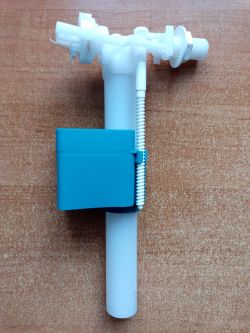
.
.
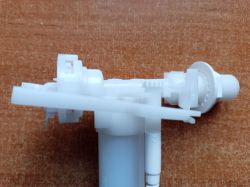
.
resulting from insufficient pressure of the diaphragm against the plastic part of the control chamber. The cause appeared to be a loosening/unsealing of the connection between the two components.
.
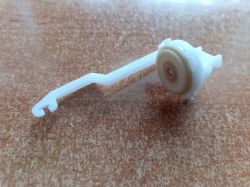
.
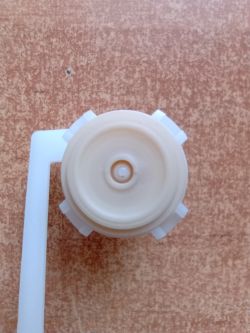
.
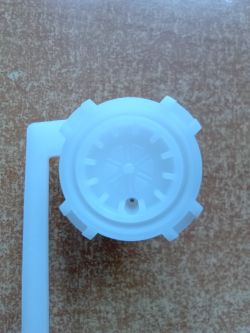
.
For the repair I used
100% silicone universal clear glue No. S-072 (20 ml) brand
Technicqll . The glue was applied pointwise to the arc of the circle and the outer circle marked in red,
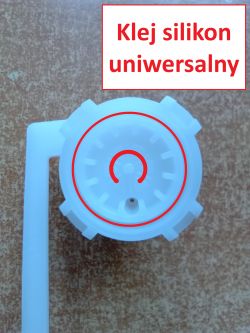
.
omitting the section (arc of the circle) directly below the microchannel of the control chamber,
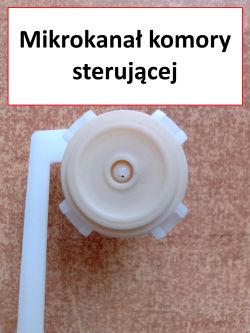
.
so as not to disturb its hydraulic function.
After the adhesive application, the diaphragm and plastic component assembly was compressed with LUX-TOOLS spring compressors.
.

.
Compression with LUX-TOOLS 50 mm spring compressors is recommended.
.
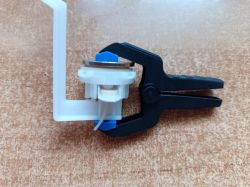
.
or 85 mm
.
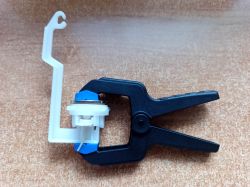
.
using a 1 zloty coin between the clamp jaw and the diaphragm for even pressure distribution, stabilisation of the components during curing, avoidance of diaphragm crushing and precision without specialised tools.
The components were left in the clamp for 24 hours at room temperature to cure the adhesive. After reassembly, the valve has been working properly for a month now.
I hope this method will help other forum users to solve a similar problem - in my case it proved completely successful 😁.
🔍 The principle of the diaphragm in the filling valve:
⦁ When the water is drained, the float drops, opening the valve and starting the flow of water.
⦁ The diaphragm acts as a flexible baffle between the inflow and the control chamber - when the valve opens, it flexes, allowing flow.
⦁ As the tank fills, the pressure equalizes, the float rises and the control chamber builds up pressure to close the diaphragm.
💧 Important role of microscopic water flow:
There is a fine flow between the membrane and the plastic part of the control chamber:
⦁ Stabilises the pressure in the control chamber.
⦁ Allows the valve to react dynamically to changes in water level.
⦁ Compensates for pressure fluctuations in the system.
✅ Advantages of using a diaphragm:
⦁ Quiet and smooth operation.
⦁ Resistance to wear.
⦁ Accurate flow closure even at varying pressures.












